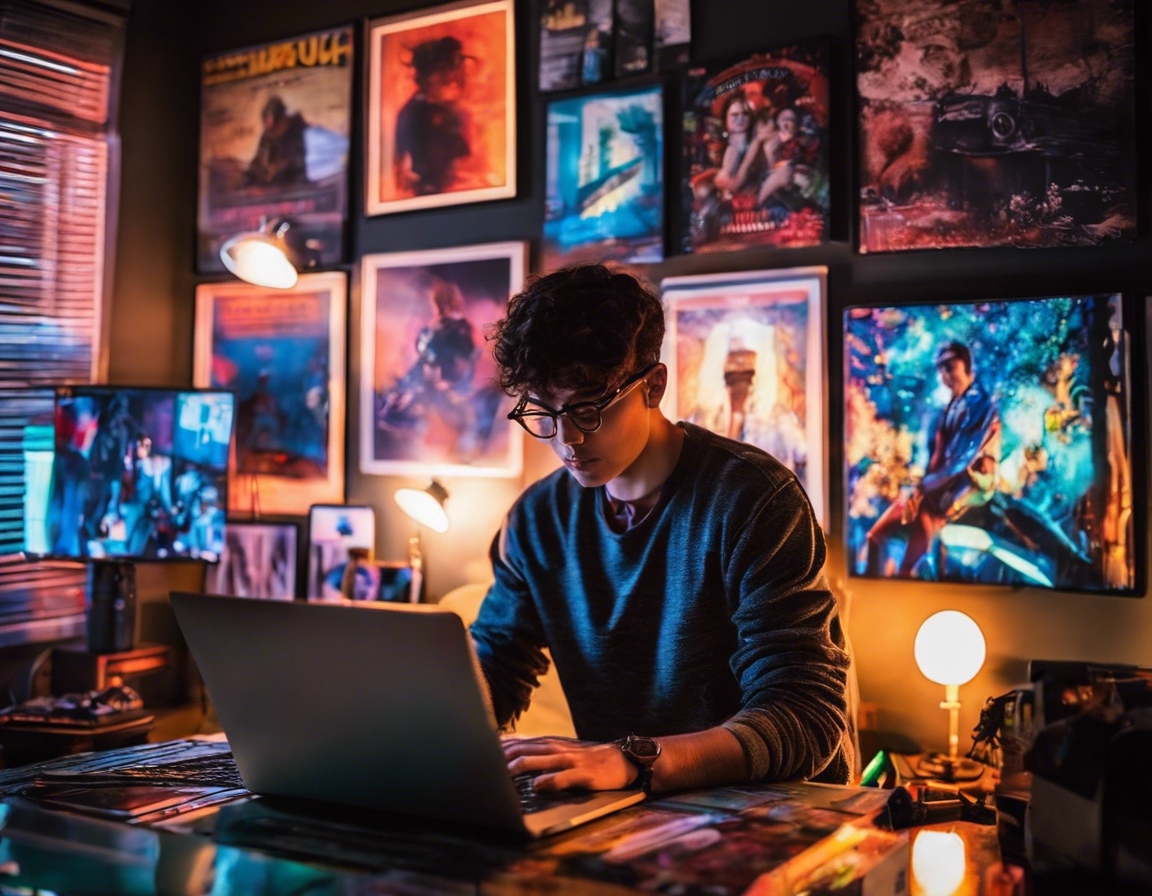Behind the scenes: the art of digital environments
The magic of cinema has always been in its ability to transport audiences to new worlds. With the advent of digital technology, the creation of these worlds has evolved into an art form of its own. Digital environments are now a cornerstone of visual storytelling, offering filmmakers the tools to craft immersive experiences that were once thought impossible.
From the matte paintings of the early 20th century to the sophisticated computer-generated imagery (CGI) of today, digital landscapes have undergone a remarkable transformation. This evolution has expanded the filmmaker's palette, allowing for the creation of environments that can either stand alone or blend seamlessly with live-action footage.
Digital environments are more than just backdrops; they are integral to the narrative, setting the tone and context for the story. They can convey mood, enhance drama, and even become characters in their own right. For production companies like FROSTFILMS OÜ, mastering the art of digital environments is essential to bringing cinematic visions to life.
The Creative Process
The journey of creating a digital environment begins with an idea. Concept artists work closely with directors and production designers to visualize the setting, drawing inspiration from real-world locations, historical references, or pure imagination.
Once the concept is established, the design phase involves refining the ideas and creating detailed previsualizations. These 'previs' assets serve as a roadmap for the production team, outlining the look and feel of the environment before any actual building begins.
With the blueprint in hand, the next step is asset creation. This involves the development of all the elements that will populate the digital environment, from buildings and vegetation to weather effects and wildlife.
Technical Execution
3D artists take the reins in this phase, using sophisticated software to sculpt the terrain and architecture of the digital environment. This process is akin to virtual architecture, requiring a keen eye for detail and a solid understanding of form and space.
Textures and shaders are then applied to give color, detail, and realism to the models. This step is crucial for achieving the desired level of photorealism, as it defines how surfaces interact with light and shadow.
Lighting is the soul of the scene, setting the mood and guiding the viewer's eye. Rendering transforms the meticulously crafted digital environment into the final image, ready for compositing.
The final stage of the process is compositing, where the digital environment is merged with live-action footage or other CGI elements to create a cohesive whole. This is where all the elements come together to create the illusion of a living, breathing world.
Challenges and Solutions
One of the biggest challenges in creating digital environments is achieving a level of photorealism that stands up to the scrutiny of the camera. Techniques such as high-dynamic-range imaging (HDRI) and advanced rendering algorithms are employed to meet this challenge.
As digital environments become more complex, managing the sheer scale of these worlds is a significant hurdle. FROSTFILMS OÜ utilizes cutting-edge technology and efficient workflows to handle large-scale projects without compromising on quality.
The rise of virtual production has introduced the need for real-time interactivity in digital environments. This allows directors and cinematographers to explore and adjust virtual settings on the fly, revolutionizing the filmmaking process.






Comments (0)